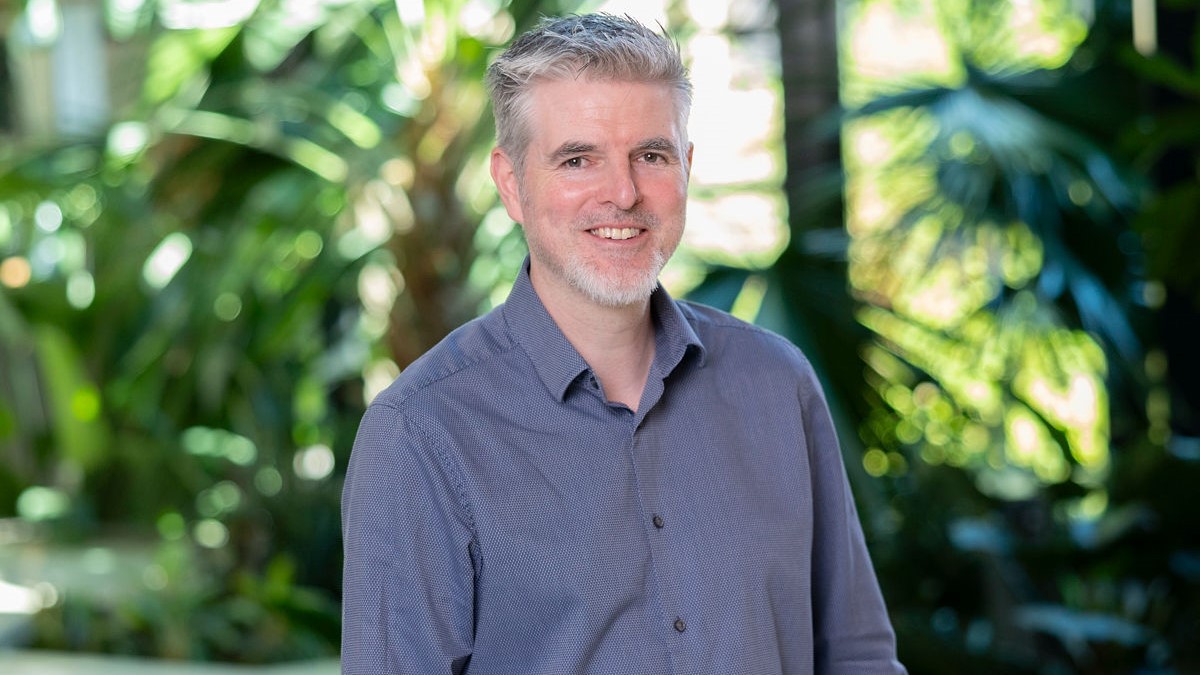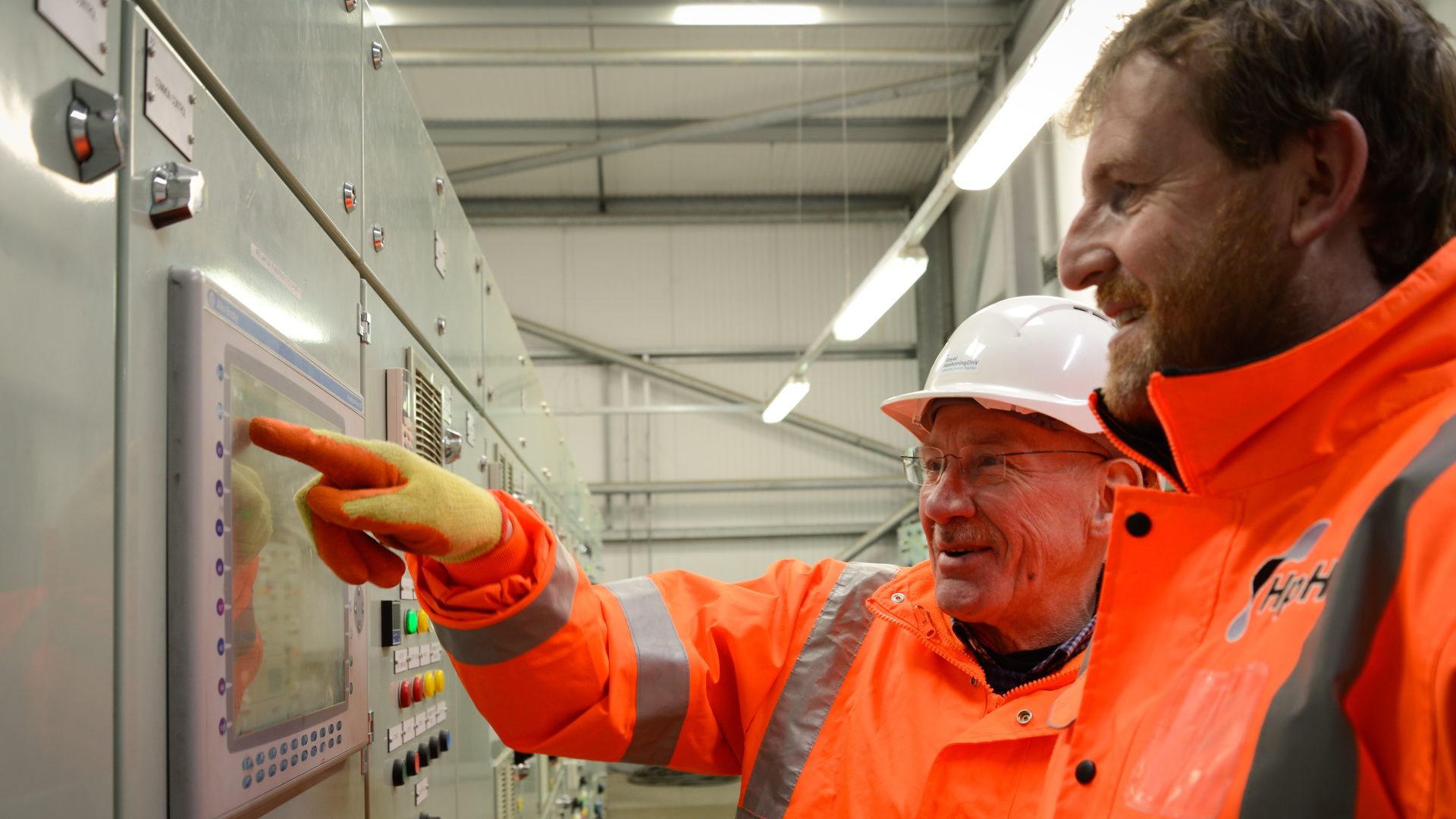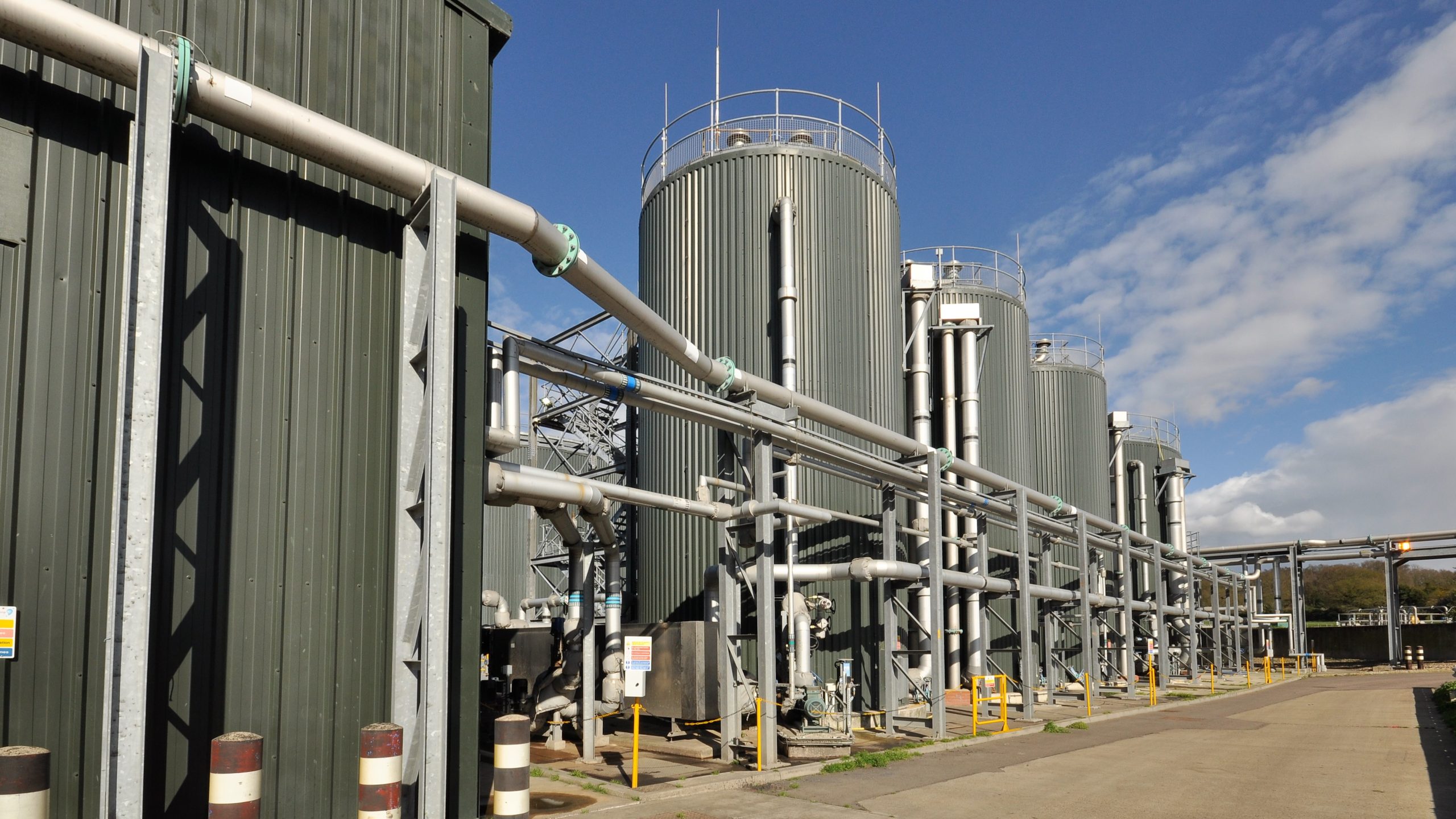
Has Anglian Water unlocked a key part of the puzzle in delivering sustainable Net zero wastewater treatment? A sludge treatment plant that can produce sufficient biogas to power the whole site and export the rest has long been a dream of water treatment companies.
Those in the industry know that extracting biogas from sewage sludge is costly, accounting for around half of all wastewater treatment costs. Sludge – rich in hydrocarbons, nutrients, and trace elements – is treated by anaerobic digestion (AD) to stabilise it, break it down, and recover biogas and create a nutrient-rich digestate soil conditioner for use in agriculture.
The anaerobic digestion process for sludge takes weeks. Around 15-20 days is typical with longer times desirable for greater biodegradability and lower downstream emissions. This impacts the volume of sludge that can be passed through the digesters. Consequently, the industry has fallen over itself to explore pre-treatments that could accelerate the digestion process and increase the yield of biogas. Chemical, mechanical, biological, and thermal processes have all been thrown at the problem.
From the pack a winner emerged and thermal hydrolysis was crowned champion and has been the dominant pre-treatment process for the past 20 years. It involves pre-heating sludge to 100⁰C before sending it through a series of pressurised reactors which are then heated to around 160⁰C before the sterilised sludge is fed into a tank operating at normal pressure. Steam from the cooling sludge is recaptured and used again to heat the incoming sludge for the next batch and the cooled sludge is discharged to the anaerobic digesters to do their magic.
Thermal hydrolysis is proven to improve dewatering, biodegradability, pathogen removal, and energy recovery. Yet heat-treating sludge at high temperatures is not without its problems. Maintaining the high temperature requires pressure vessels and extra fuel requirements. Along with heavy use of heat exchangers, this translates to high capital and operating costs. Furthermore, if the fuel input comes from a fossil fuel, it’s the emission reduction equivalent of robbing Peter to pay Paul.
Race to Net Zero
A more sustainable sludge pre-treatment process is required if the industry is to meet its net-zero targets.
Enter scientists and engineers at Anglian Water who believe they’ve not only achieved that but have proven it as well. A decade ago they dusted off research into biological pre-treatment and perfected a three-stage process that involves pasteurisation followed by biological hydrolysis, which dispenses with costly pressure vessels or chemicals.
The three-stage heat, pasteurisation, and biological hydrolysis (HpH) process involves pumping sludge into a heating tank and raising its temperature using a heat recovery system. The warmed sludge is then further heated in a pasteurisation tank using a steam injector. The steam is derived from a waste heat boiler which recovers heat from the combined heat and power engine exhaust gas. No additional support fuel is needed. The pasteurised sludge is then transferred for hydrolysis before being sent to the digesters.
This largely biological process effectively supercharges anaerobic digestion and produces increased levels of biogas. Typically, it enables 25 percent more biogas to be extracted than traditional anaerobic digestion and increases the plant’s overall treatment capacity. Furthermore, it consistently achieves 1 MW of electrical power generation per tonne of dry solids processed (equivalent to 3 MW of energy in the biogas). This performance is comparable to thermal hydrolysis but is more environmentally friendly as it requires around 70 percent less steam and less energy.
Such efficiency levels can edge the industry towards net zero. But the biggest benefit is that HpH – renamed Helea® – is cost-effective to build and operate. Experience shows that it requires 25-30 percent less capital expenditure than thermal hydrolysis and operational costs are £30-£60 less per tonne of dry solids treated. For a 20,000 TDS plant, that’s an opex saving of around £1M a year. The saving is not just due to the improved net energy yields but also a combination of factors such as reduced costs associated with treatment of liquors from the dewatered digestate product, and less maintenance and downtime. For example, there is no need to take down pressure vessels to inspect them and no need for support fuel.
Achilles heel
The long-perceived Achilles heel of biological hydrolysis is that it doesn’t kill pathogens as effectively as thermal hydrolysis. This is no longer the case. Helea’s patented batch pasteurisation system meets all HACCP requirements and results in a 6-log kill ratio, meaning it’s 99.9999% effective. Out of 1 million microbes, less than 10 microbes would be left standing. Not surprisingly, the biosolid output is already being safely used in agriculture as a Class A product.
Some will argue that biological hydrolysis is hard to control and operate. Anglian Water begs to differ. Anglian Water was so convinced by the technology that it fitted Helea at four of its regional Sludge Treatment Centres at Basildon, Cliff Quay (Ipswich), Colchester, and Pyewipe (Grimsby). All of them use a patented hydrolysis tank design which has a variable level and maintains consistent biological hydrolysis regardless of the throughput. The four plants have operated for nearly a decade and continue to demonstrate a consistent performance with 100% plant availability and safety record.
As water companies grapple with the targets of the industrial emissions directive, they ought to consider every avenue to reduce emissions and push towards more efficient and sustainable hydrolysis. It won’t happen overnight and there is room in the market for competing pre-treatment processes that increase plant throughput and biogas yield. Saying that, the time to take a fresh look at sustainable biological hydrolysis has never been greater. If every water company in the UK switched to this technology, they would collectively generate around 1,000GWh of renewable energy – a massive step forward on the road to achieving net zero.
Paul Lavender is the Water Utilities Director at the international engineering consultancy, Royal HaskoningDHV. He is a respected industry voice with 22 years of experience in water and wastewater treatment, research, and innovation. Paul is a Chartered Scientist (CSci), Chartered Environmentalist (CEnv) and a Fellow of the Chartered Institute of Water and Environmental Management (FCIWEM).




